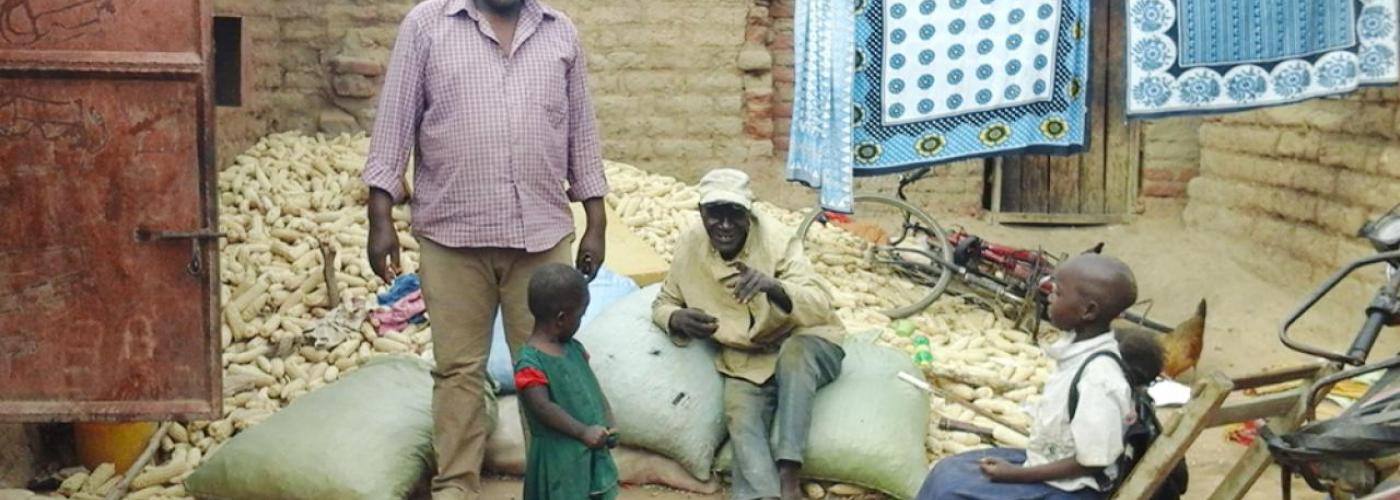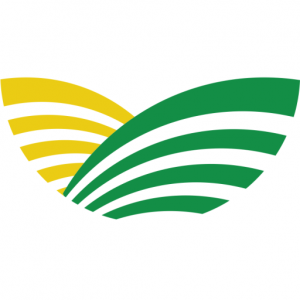A Minimum Quality Standard for Agricultural Index Insurance
Image

Agricultural index insurance has shown significant promise as a development tool to promote resilience and to accelerate the end of the need for aid. However, effectively implementing agricultural index insurance in developing economies around the world has been a challenge. Markets have struggled with expensive but poor-quality contracts and low levels of adoption by farmers. There are also no existing regulations for index insurance quality.
The MRR Innovation Lab’s Index Insurance Innovation Initiative (I4) is at the leading edge of research to improve agricultural index insurance contracts and interventions worldwide. This post is part of a five-part series (see links below) in partnership with Marketlinks that provides an introduction to agricultural index insurance, including its promise and pitfalls, recent innovations, and its place in broader efforts toward economic development and resilience.
Governments and donors have rapidly increased investments in agricultural index to promote resilience among households who are vulnerable to weather-related shocks. Index insurance has shown tremendous promise where conventional agricultural insurance is not possible or cost-effective, but this promise can only be reached with high-quality contracts that genuinely protect households.
By definition, agricultural index insurance always has the potential to fail. While some failure is unavoidable, it becomes a problem when the overall quality of a contract is so low that it is most likely to leave farmers worse off than if they had no insurance at all.
Why Agricultural Index Insurance Contracts Fail
One factor that determines the quality of agricultural index insurance is how well the underlying index predicts actual losses on the ground. Index insurance works because an area’s average vegetation growth, weather, or yields can be used to build an index that estimates a farmer’s losses. If it does not, a contract might not pay out when a farmer experiences a loss. It also might pay when a farmer hasn’t.
This kind of contract failure was identified in a World Bank study of a national weather-based crop insurance program in India from 1999-2007. Farmers who experienced total losses had a 33 percent chance of receiving no payment. Farmers with yields at twice the historical average had a 45 percent chance that they would receive a payment.
Another factor that determines agricultural index insurance quality is the contract itself. This includes its pricing and when it is designed to trigger payouts for estimated losses. A contract could trigger payments when there are real losses and still be low quality because the premiums are marked up so high that payouts will never approach a fair proportion of the cost of coverage.
A Minimum Quality Standard for Agricultural Index Insurance
When an index insurance contract fails, a farmer faces a crop loss in addition to the money spent on insurance. The situation is especially dire if having insurance motivated her to take out a loan to invest in higher productivity. In a bad year, she would lose all her income and have no way to repay the loan.
I4 researchers have defined a quality index insurance contract as one for which the cost in premiums has the potential to leave a household with more financial stability than if they had no insurance at all or an equivalent cash transfer. This definition is the basis for the MRR Innovation Lab’s Minimum Quality Standard (MQS) for agricultural index insurance.
An objective measure for minimum quality is only the first step. Because there is no inherent incentive for offering high-quality contracts, the next step to ensure quality is the broad adoption of a minimum quality certification.
For individual farmers, a certification for MQS would ensure a basic level of transparency for complicated financial instruments that could transform their long-term resilience. For governments and donors, it would provide security that investments in promoting agricultural index insurance can have a real impact.
Taking Index Insurance Quality Measurement to the Field
With support from USAID, significant progress has been made taking MQS into the field with real insurance contracts. The first implementation of MQS was through the Global Action Network (GAN), a USAID-supported partnership between the Feed the Future Innovation Lab for Assets and Market Access and the International Labour Organization’s Impact Insurance Facility.
One of the valuable resources the GAN produced is the 3D Client Value Assessment tool. This tool pairs MQS with the Impact Insurance Facility’s PACE tool so insurance providers can measure the actual value their agricultural index insurance products offers their clients. The Facility has been partnering with insurance companies around the world to test the tool as a means of improving the value their insurance products provide.
In 2018, USAID and UC Davis established Quality Index Insurance Certification (QUIIC) in Kenya as the world’s first agricultural index insurance quality certification. The Nairobi-based Regional Center for Mapping of Resources for Development (RCMRD), which already partners with the NASA Applied Sciences Team as part of the NASA/USAID SERVIR network, serves as the QUIIC technical lab to and will lead the QUIIC board by 2022.
These are the two leading efforts to establish standards for agricultural index insurance. As this tool continues to expand for small-scale rural producers, the stakes will increase to ensure that at a minimum they do no harm.
The Feed the Future Innovation Lab for Markets, Risk & Resilience at UC Davis generates and transfers knowledge and innovations that promote resilience and empower rural families, communities and markets to share in inclusive agricultural growth.


